Have you ever seen a caterpillar in the UK and wondered what species it is? Our list of common British caterpillars can provide insight into these fascinating creatures. From interesting facts to potential threats and predators, learning about these crawling critters will help increase your knowledge of local wildlife.
So, without further ado, let’s look at the common caterpillars that inhabit our green lands so we can better appreciate their presence.
9 Popular British Caterpillars
Garden Tiger Moth
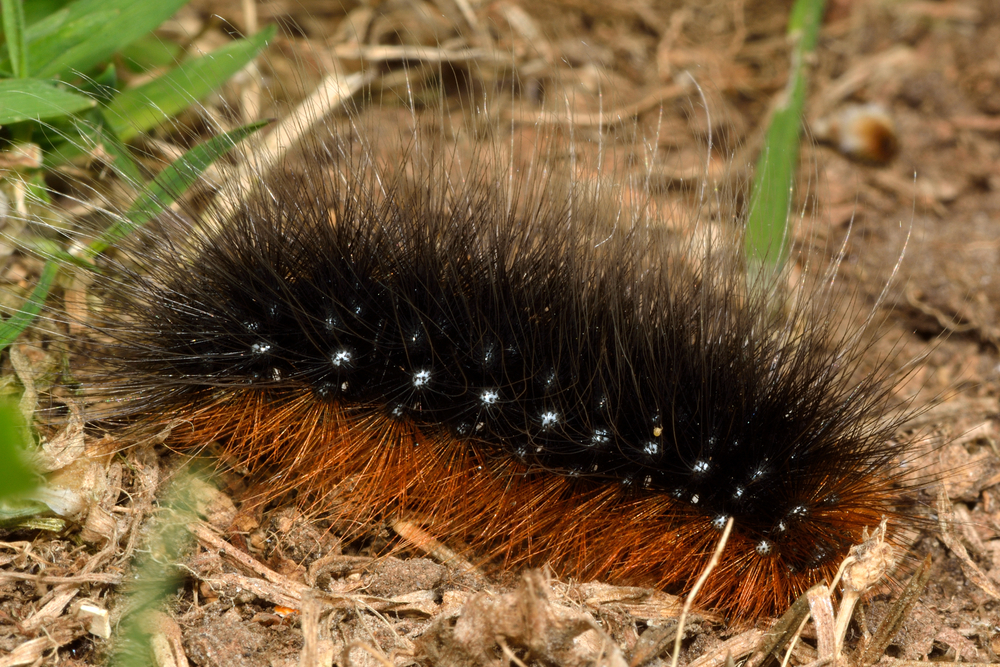
The garden tiger moth (Arctia caja) is a species of caterpillar found in the UK. It has an orange-brown body with white spots and black stripes, and can reach up to 4 cm in length. This caterpillar prefers grassy areas such as meadows, gardens, parks and woodland edges. It feeds on various plants, including nettles, docks and dandelions. It has two main food plants; one is meadowsweet (Filipendula ulmaria), and the other is the common nettle (Urtica dioica).
Tussock Moth
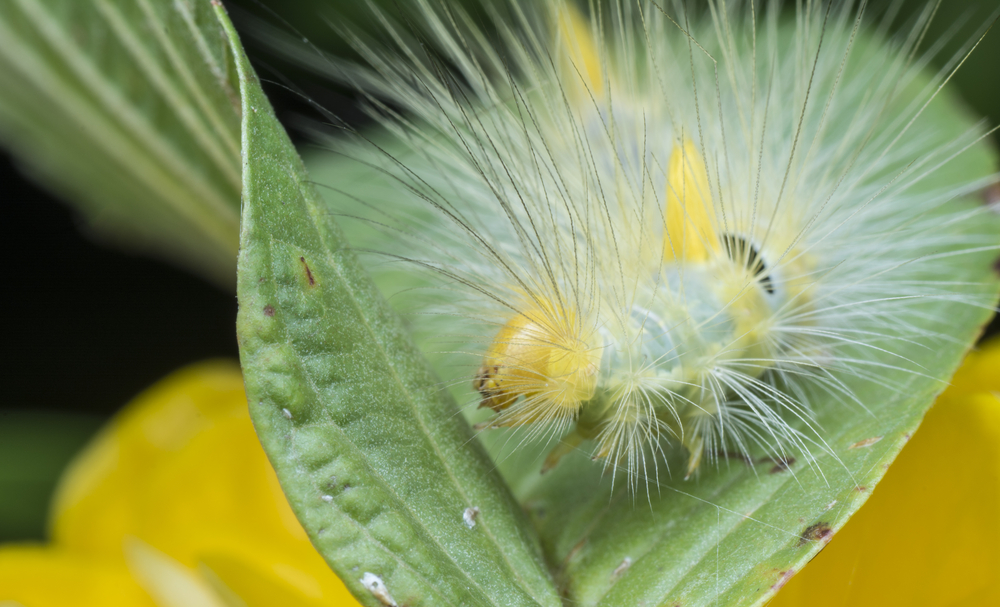
The tussock moth (Anarta pensylvanica) is a species of moth found in the UK. It has an orange-brown body with a white tinge and black markings and can reach up to 4 cm in length. This caterpillar feeds on various plants, including meadowsweet, thistle and wild parsnip. The caterpillar overwinters as a pupa. During April, adults are commonly seen on young flower buds of nettles on any terrain but especially in coastal areas such as marshy grassland with high rainfall.
Privet Hawk-Moth

The privet hawk-moth caterpillar (Sphinx ligustri) is a species that has an abdomen that is green with white bands and thin yellow lines on it just behind each segment. It can reach up to 3.5 cm in length when fully grown. The caterpillar feeds on privet and lilac, as well as common garden shrubs such as bay trees, roses, elderberry and others. It overwinters as a pupa in a cocoon made from leaves tied together with silk. Adults can be seen from May through to September.
Peacock Butterfly
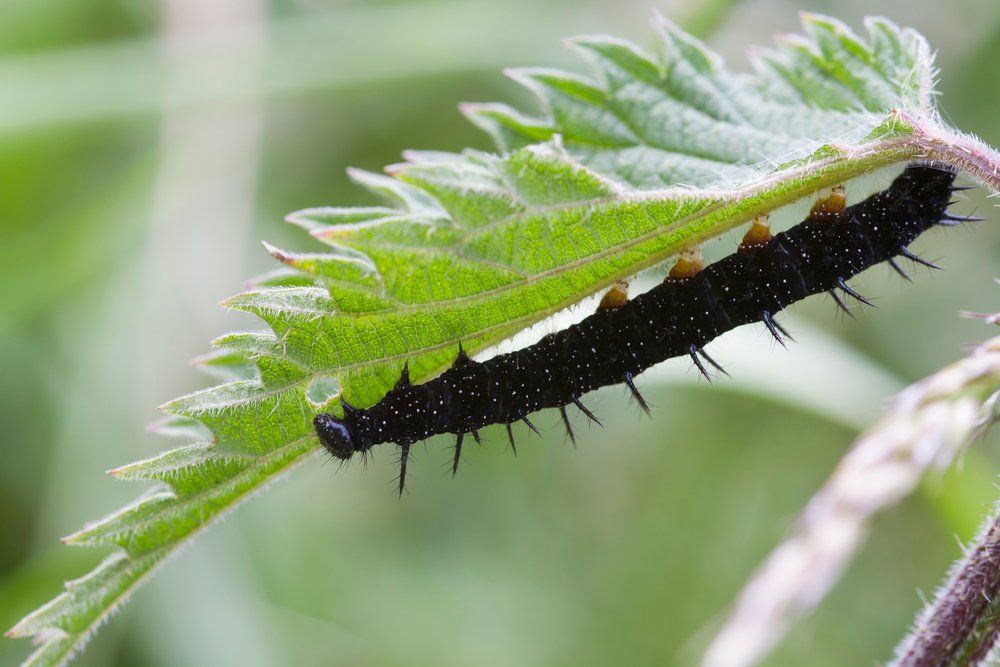
The peacock butterfly (Aglais io) caterpillar is black with white spots. It can reach up to 2.5 cm in length. This caterpillar feeds on hogweed, stinging nettles and thistles, as well as many other plants. The adult butterfly lays its eggs on hogweed during May and June. When the caterpillar hatches from its egg, it eats from this food plant for about a month before pupating. The adult butterfly can be seen from May through to October, with a peak at the beginning of July.
Cinnabar Moth
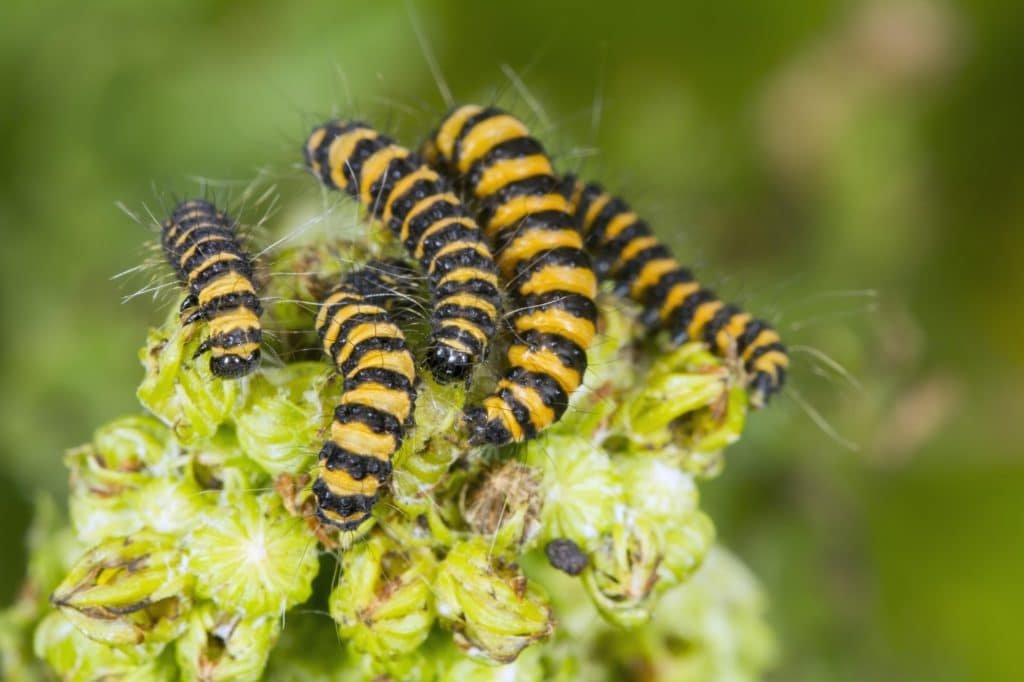
The cinnabar moth (Tyria jacobaeae) is one of the most common moths found in Britain’s countryside during the summer months. Its larvae are bright yellow with black stripes running along their bodies which grow up to 2 cm long when fully grown. They feed mostly on ragwort but may also eat thistles or dock leaves if necessary for survival purposes. The caterpillars overwinter in a pupal stage in the form of a small cocoon. Adults can be seen from early May through to mid August.
Emperor Moth
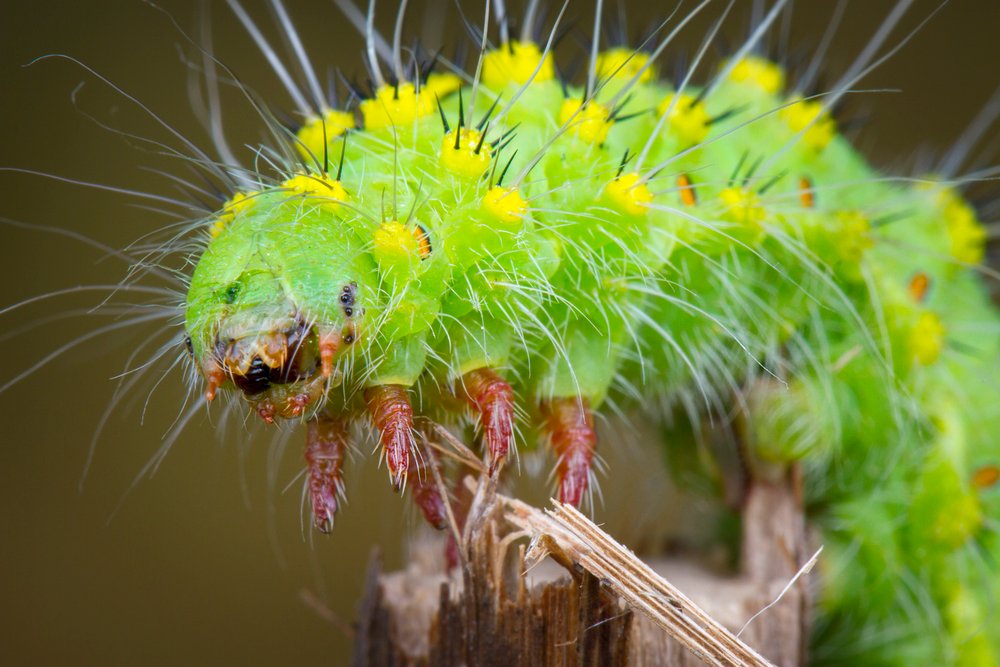
The emperor moth caterpillar of Saturnia pavonia is a medium-sized caterpillar that can reach up to 4 inches in length. It has a green body with white or yellow stripes and patches of black dots. The caterpillars also have three pairs of barbules instead of the usual two pairs found on other moths and butterflies. It is only found in the UK in the south of England and can be found on garden plants such as ragwort, dill, fennel and privet. Adults have been seen from March to July.
Fox Moth
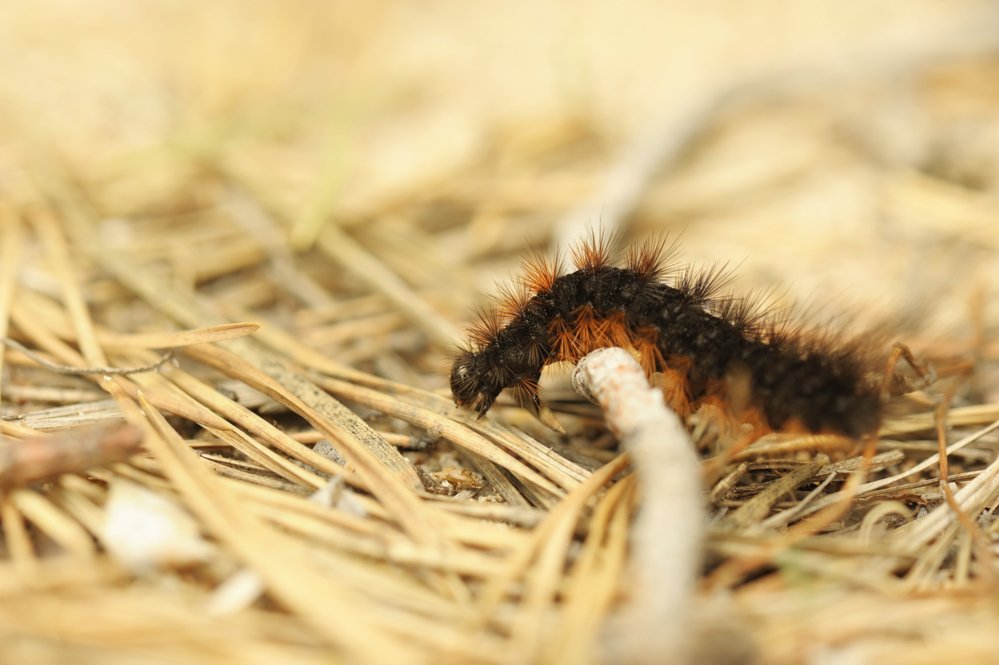
The fox moth caterpillar (Macrothylacia rubi) has distinctive tufts of hair at each end of its body which give it a fox-like appearance hence its name. It ranges from light green to dark brown depending on age/stage of development, reaching lengths between 5 – 8cm when mature; they feed mainly on heathers, although some will consume other shrubs too, such as gorse or broom if available nearby their habitat preference being moorland areas throughout England and Wales predominantly.
Elephant Hawk Moth
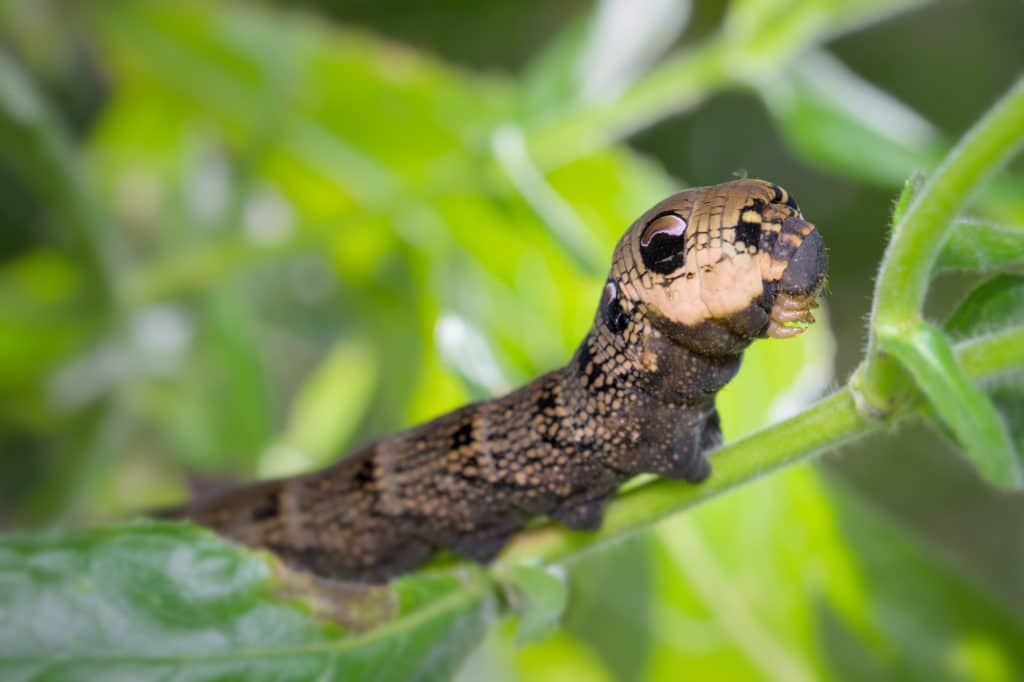
Growing up to 6cm long, elephant hawk moth caterpillar identification is easy due to its grey colouration combined with pink markings along the sides, giving it an elephantine look. This species can be found living amongst hedgerows feeding upon bedstraws during late spring through early autumn before pupating into adults ready for the mating season around July time onwards.
Oak Eggar
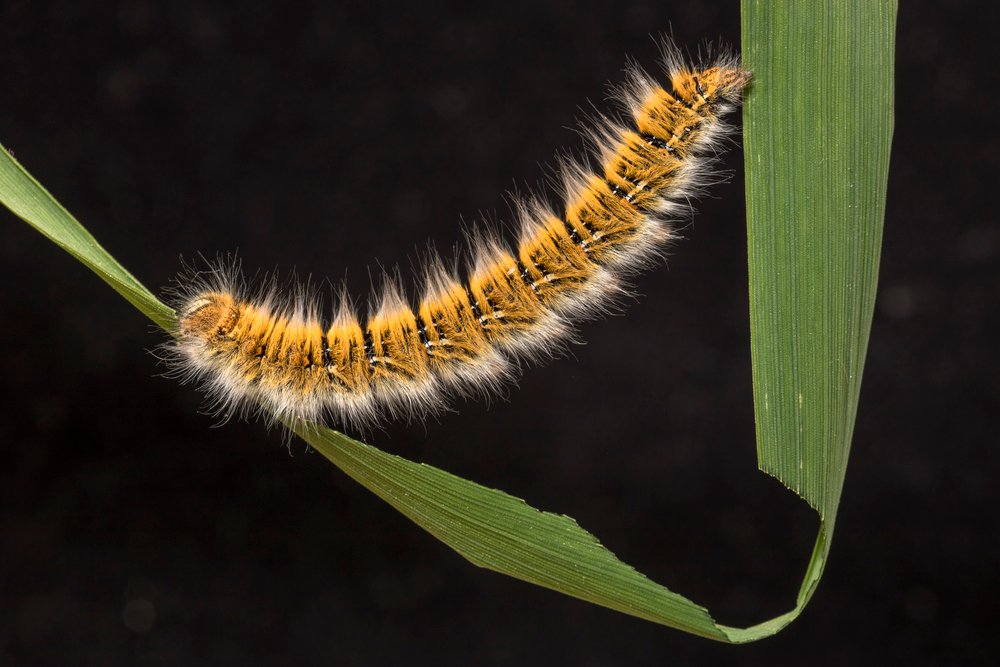
The oak eggar (Lasiocampa quercus) is a moth found throughout Europe and northern Africa. Caterpillars live in oak woodland but have caused some trees to die off in the areas where they have been seen. They feed on the leaves of various trees, which include oak, beech and hornbeam. The caterpillar is between 10-14cm in length and feeds on oak leaves in groups of 8-10, feeding at any time of day, depending on the weather at that time.
FAQs In Relation To UK Caterpillars
How do I identify my caterpillar?
Caterpillar identification can be tricky, but there are several ways to do it. First, take note of the colour and size of the caterpillar. Additionally, look for any distinguishing features, such as stripes or spots on its body. Finally, consider its habitat; some species prefer certain types of vegetation or climates. With this information in hand, you can use online resources like field guides and websites to compare your observations with known species and narrow down your options until you have identified your caterpillar.
How many types of caterpillars are there in the UK?
The UK is home to a wide variety of caterpillars, with over 2,500 species recorded. These range from the familiar cinnabar moth caterpillar to the more obscure elephant hawk-moth caterpillar. Many of these species are widespread across Britain and Ireland, while some have very specific habitats or distributions. Some common examples include the garden tiger moth caterpillar, small white butterfly caterpillar and peacock butterfly caterpillar. Each species has its own unique characteristics, which can help with UK caterpillar identification in the wild. With so many different types of British caterpillars, it’s important to do your research before heading out into nature.
What are the most common caterpillars?
The most common caterpillars in the UK are the cinnabar moth, small white, peacock, large white and small tortoiseshell. All of these species can be found in a variety of habitats including gardens, meadows and woodlands.
Is there an app to identify a caterpillar?
Yes, there is an app to identify a caterpillar. The iNaturalist app allows users to take pictures of wildlife and submit them for identification by experts in the field. It also provides helpful information about the species, including its habitat and behaviour. Additionally, it offers access to a database of observations from other users around the world, allowing you to compare your own findings with those of others. With this app, you can easily identify any caterpillar you come across.
Conclusion
In conclusion, the list of 9 common UK caterpillars is a great starting point for anyone interested in learning more about these fascinating creatures. Whether you are looking to identify species or learn more about their threats and predators, this article has provided some useful information. With careful observation and research, we can all help protect our native wildlife from harm and ensure that future generations can enjoy them too!
Additional Resources
Sam loves to learn about animals and their habitats. He has been a nature lover from a very young age, and has been writing papers and articles about wildlife for as long as he can remember.
